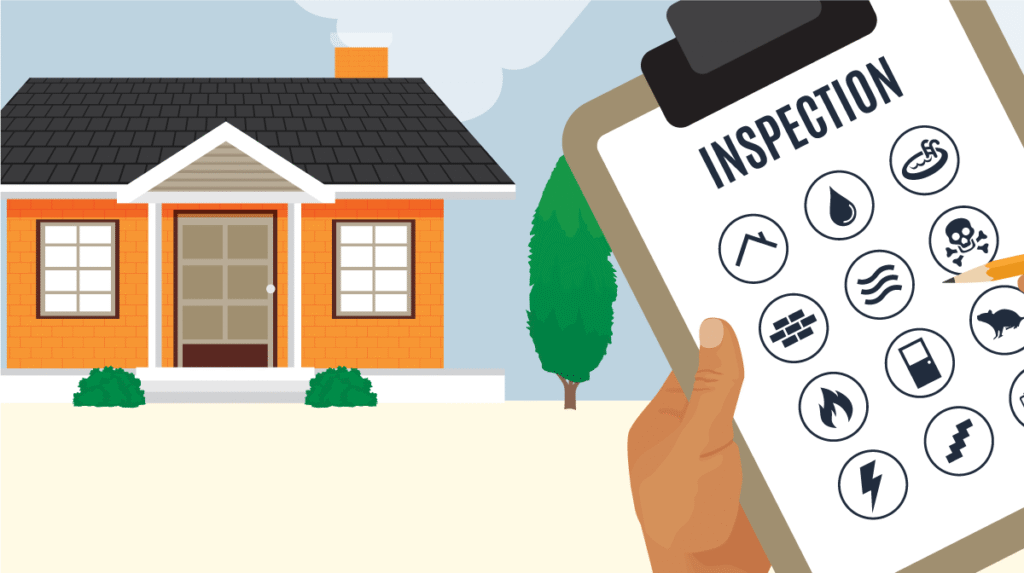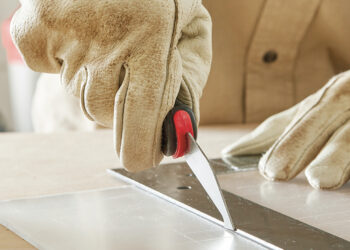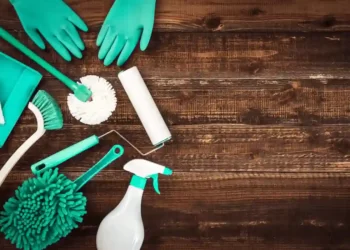When it comes to protecting your home, many people think of alarm systems, strong locks, and insurance. But one of the most effective—and often overlooked—ways to ensure your home’s safety is through regular house checks. Just like your car needs routine maintenance, your home also needs ongoing attention to stay safe, functional, and comfortable. Whether you’re a new homeowner or have lived in your house for years, conducting routine house checks can help you prevent disasters before they happen, save money on repairs, and maintain a healthy living environment for your family. Check out the Importance of a Home Inspection.
The Hidden Dangers Lurking in Your Home
Most hazards in a home don’t appear overnight. They build up gradually and silently, waiting for the right moment to cause a problem. Water leaks can go unnoticed behind walls, wiring may fray slowly over time, and mold can start growing in damp corners before anyone realizes it’s there. Regular house checks act as your early warning system.
When you inspect your home frequently, you’re more likely to catch these issues in their early stages. A small crack in the foundation may not seem like much now, but left unchecked, it can lead to structural damage or flooding. Similarly, flickering lights might signal outdated or faulty wiring, which is a common cause of house fires. With routine checks, you’re not just maintaining your home—you’re actively protecting it from future emergencies.
Preventing Costly Repairs Through Early Detection
One of the most convincing reasons to perform regular house checks is the financial benefit. Home repairs, especially when they involve major systems like plumbing or roofing, can be incredibly expensive. The good news? Many of these costs can be avoided with early detection.
For example, a roof leak caught early may only require a minor patch. But if the leak goes undetected, water can seep into the insulation, cause mold, and eventually require a full roof replacement—costing you thousands. The same applies to HVAC systems, water heaters, and foundations. By catching problems before they escalate, you’re not just saving money—you’re also preserving the longevity of your home.

Keeping Your Family Safe and Healthy
Beyond money, there’s a much more important reason for regular house checks: your family’s health and safety. A home that is not properly maintained can become a breeding ground for harmful conditions. Mold, for instance, can trigger allergies, asthma, and other respiratory issues—especially in children and seniors.
Faulty electrical systems, unstable stair railings, gas leaks, or even pest infestations can also pose serious risks. When you perform regular inspections, you’re taking proactive steps to ensure your living space is secure. You’ll sleep better at night knowing your smoke detectors work, your carbon monoxide detector has fresh batteries, and your foundation isn’t slowly cracking under your feet.
Key Areas to Include in Every House Check
A comprehensive house check should cover both the interior and exterior of your home. Here’s a breakdown of some critical areas to inspect:
1. Roof and Gutters
Check for missing or damaged shingles, clogged gutters, and signs of water pooling. These can indicate drainage issues or potential leaks.
2. Windows and Doors
Inspect for drafts, broken seals, and signs of rot. Ensure locks function properly and that weather stripping is intact.
3. Plumbing
Look under sinks, behind appliances, and around the water heater for signs of leaks, corrosion, or water damage. Even a slow drip can add up to major damage over time.
4. Electrical Systems
Test all outlets and light switches. Look for frayed cords, exposed wires, or breakers that frequently trip. If something doesn’t seem right, it’s worth having an electrician take a look.
5. Basement and Foundation
Inspect for cracks, damp spots, or mold. These can indicate serious structural or moisture problems that need prompt attention.
6. Attic and Insulation
Check for pests, moisture, and adequate insulation. A well-insulated attic can help reduce energy bills and prevent ice dams in the winter.
7. Smoke and CO Detectors
Test alarms monthly and replace batteries at least once a year. Make sure detectors are located in key areas, including bedrooms and hallways.
Seasonal House Checks: A Smart Strategy
One of the most effective ways to keep your home in top shape is to schedule seasonal house checks. Each season brings its own set of challenges, and staying ahead of them ensures your home is ready for whatever comes next.
- Spring: Inspect for winter damage, clean gutters, check for roof issues, and look for signs of water damage from melting snow or rain.
- Summer: Focus on HVAC maintenance, pest control, and preparing for storm season. Trim trees and inspect the exterior paint or siding.
- Fall: Clean the chimney, service the furnace, inspect insulation, and prepare plumbing for freezing temperatures.
- Winter: Check for drafts, monitor for ice dams, and test your heating system and emergency backup systems.
By organizing your house checks around the seasons, you’ll catch problems that tend to arise at specific times of the year and prevent weather-related damage.
The Role of Professional Inspections
While many aspects of a house check can be done on your own, some situations call for professional expertise. Hiring licensed professionals for annual inspections—like electricians, roofers, plumbers, or pest control experts—can help you catch issues that may not be visible to the untrained eye.
For example, a professional home inspector can detect foundational shifts, hidden mold growth, or insulation gaps you might miss. Even a one-time consultation with a specialist can provide a detailed report and peace of mind, especially if you live in an older home or recently experienced a major storm or natural disaster.
DIY House Checks: Simple Habits That Make a Difference
You don’t have to wait for a professional to do everything. Many house checks are easy enough to perform on your own. Make it a habit to:
- Walk around your home once a month and visually inspect for damage
- Check water pressure, plumbing joints, and appliance hoses
- Test GFCI outlets and reset breakers if necessary
- Inspect weather stripping and caulking around windows
- Monitor your utility bills for sudden spikes that could signal a leak or malfunction
Creating a simple checklist and sticking to it can help you keep your home in top shape without feeling overwhelmed.
Conclusion
Your home is one of your most valuable investments, and protecting it should be a priority. Regular house checks are a simple yet powerful way to prevent costly damage, ensure your family’s safety, and maintain the integrity of your living space. By developing the habit of inspecting key areas inside and out, you can catch problems early, take quick action, and avoid emergencies.
Think of house checks as health check-ups for your home—they’re small efforts now that save you big headaches later. Whether you do it yourself or hire a pro, the peace of mind you gain is well worth it.







